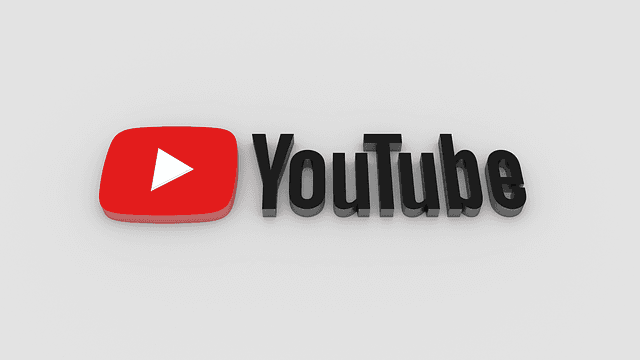On July 1, 2015, Google owned video-sharing website YouTube won a legal battle against German performing rights organization GEMA in a German regional court. GEMA had claimed that Youtube should be liable to pay each time a video of an artist, represented by GEMA is viewed. GEMA represents several composers, lyricists, music publishers as its members in Germany and collects their royalty fees. This is not the first time that GEMA has engaged in a legal feud with YouTube. Even after several years of negotiation, they could not resolve the dispute regarding equitable remuneration, once again leading to a deadlock.
The prime focus of the ruling was whether the Internet Service Provider was acting merely as a host for users to upload videos and what actions should it take once it is informed about any copyright violations. The regional court of Hamburg upheld the ruling of the lower court. The lower court had held that even though YouTube would not have to pay as demanded by GEMA but it is responsible to take down the videos once it has been intimidated that such a video was infringing one’s copyright. Furthermore, the court stated that not only must the service provider remove the content, it must also take preventive measures to avoid such infringement in the future. Both GEMA’s and YouTube’s appeals against the lower court’s ruling were rejected by the regional court. Besides, the court has also stated that this does not conclude that YouTube has to actively look for such infringing content. The ruling is applicable only in instances where it has been informed about a copyright infringing video.
Since its inception in 2005, YouTube has encountered various allegations by artists and music companies who have blamed it for encouraging infringement. YouTube has become the most widely accessed online portal where a person can access music of various artists. Though it provides for artists to make money from advertisements, which are played alongside the music videos, many contend that this is not adequate. YouTube also asserted that it could block such copyright infringing video clips by using a technology, which adds a digital fingerprint to any copyrighted video brought to its attention. However, the copyright holders must provide it with a list of all such illegal videos for the technology’s successful execution.
As for the German Court case, both parties await a detailed judgment to know whether to file an appeal against the regional Court’s decision or not.
This post has been authored by Aishwarya Jain.



